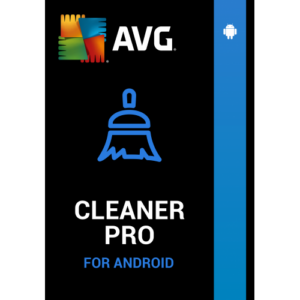Notification management refers to the practice of controlling and organizing notifications on digital devices and platforms to enhance productivity, reduce distractions, and improve the user experience. In an increasingly connected world, where smartphones, computers, and smart devices constantly bombard users with alerts, effective notification management has become crucial.
This process typically involves:
- Prioritization: Users can assign different levels of importance to various types of notifications, allowing them to focus on what matters most. For instance, work-related messages may be given a higher priority than social media updates.
- Customization: Notification settings can be personalized, enabling users to choose which apps or services can send notifications and specifying how and when these notifications are delivered. This ensures that alerts are relevant and timely.
- Silencing and Scheduling: Users can set “Do Not Disturb” or “Quiet Hours” modes to silence notifications during specific times or activities, such as meetings or sleep.
- Grouping: Notifications can be grouped to minimize clutter, making it easier to manage and respond to them efficiently.
- Clearing and Archive: Options to clear or archive notifications help users declutter their notification center, maintaining a cleaner interface.
- Interruption Management: Some systems allow users to determine which notifications can interrupt them, providing a balance between staying informed and staying focused.
Proper notification management can significantly reduce digital distractions, enhance concentration, and improve overall digital well-being. It empowers individuals to stay in control of their digital lives by curating their information flow, allowing them to be more productive and less overwhelmed in an era of information abundance.
- Display 15 Products per page

 AVG Cleaner Pro for Android
AVG Cleaner Pro for Android
